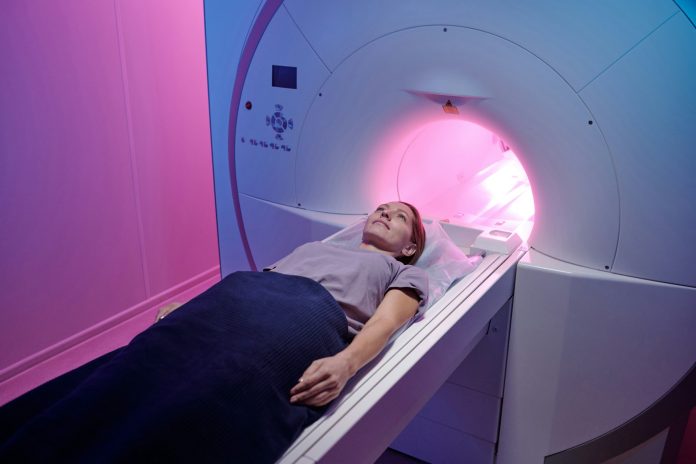The medical technology landscape is witnessing a remarkable transformation, with innovative treatment modalities gaining traction among healthcare providers and patients alike. Among these emerging therapies, pressurized oxygen treatments have carved out a significant niche, evolving from a specialized medical intervention into a mainstream wellness solution. This shift represents not just a clinical evolution but a substantial economic opportunity that’s capturing the attention of investors, entrepreneurs, and healthcare institutions worldwide.
Market Expansion and Financial Growth
The global market for pressurized oxygen treatment has experienced impressive growth over the past decade, with projections suggesting continued expansion through 2030 and beyond. Industry analysts estimate the market value to reach several billion dollars within the next five years, driven by increasing awareness, expanded clinical applications, and growing acceptance within both conventional and integrative medicine circles.
This growth trajectory has attracted diverse investment streams, from venture capital firms backing innovative chamber manufacturers to private equity groups acquiring established treatment centers. The democratization of access to these facilities has played a crucial role in market expansion, with standalone clinics emerging in suburban areas and wellness centers integrating these services into comprehensive health portfolios.
Driving Factors Behind Rising Demand
Several converging trends are fueling demand for these oxygen-enriched treatments. First, the aging global population has created increased need for therapies addressing chronic wounds, diabetic complications, and age-related conditions. Healthcare providers are increasingly recognizing the efficacy of pressurized oxygen in treating conditions like non-healing wounds, radiation injuries, and certain infections, leading to more frequent referrals and insurance coverage expansion.
Second, the wellness movement has embraced these treatments as a recovery and performance enhancement tool. Professional athletes, fitness enthusiasts, and individuals seeking anti-aging solutions have driven consumer demand beyond traditional medical applications. This crossover appeal has created a dual-market dynamic where medical necessity meets elective wellness, broadening the potential customer base significantly.
Third, mounting clinical evidence continues to validate therapeutic applications. Recent research exploring benefits for traumatic brain injury, post-surgical recovery, and even certain autoimmune conditions has expanded the treatment paradigm. As peer-reviewed studies accumulate, physician skepticism diminishes, and adoption rates climb accordingly.
Investment Opportunities and Considerations
For investors evaluating this sector, several factors merit consideration. The capital requirements for establishing treatment facilities have decreased substantially as technology has advanced and equipment costs have moderated. Portable and mild pressure units have made entry more accessible for entrepreneurs, while hospital systems are incorporating chambers into their service offerings.
Revenue models have also diversified. Traditional fee-for-service arrangements are being supplemented by membership programs, package deals, and partnerships with sports medicine practices. Some facilities are exploring hybrid models that combine medical treatments with wellness services, creating multiple revenue streams within a single location.
However, investment isn’t without challenges. Regulatory compliance remains complex, with FDA oversight for medical devices and varying state-level requirements for facility operation. Insurance reimbursement, while improving, still presents obstacles for certain indications. Investors must conduct thorough due diligence regarding local market conditions, competitive dynamics, and reimbursement landscapes.
Industry Outlook and Future Trends
Looking ahead, several developments are likely to shape the market trajectory. Telemedicine integration may enable remote monitoring and consultation for home-based units, expanding treatment accessibility. Artificial intelligence could optimize treatment protocols based on individual patient responses, improving outcomes and efficiency.
The ongoing research into hyperbaric chamber therapy for neurological conditions, including stroke recovery and neurodegenerative diseases, could unlock entirely new market segments if clinical trials demonstrate efficacy. Additionally, corporate wellness programs may begin incorporating these treatments as part of comprehensive employee health benefits, creating institutional demand channels.
The convergence of medical necessity, wellness trends, and technological advancement positions this sector for sustained growth. While market dynamics will inevitably fluctuate, the fundamental drivers—aging populations, expanding clinical applications, and increasing health consciousness—suggest a robust long-term outlook for stakeholders across the industry spectrum. As with any healthcare investment, success will depend on quality of care, regulatory compliance, and strategic market positioning.



 Bitcoin
Bitcoin  Ethereum
Ethereum  Tether
Tether  XRP
XRP  USDC
USDC  TRON
TRON  Lido Staked Ether
Lido Staked Ether  Cardano
Cardano  Avalanche
Avalanche  Toncoin
Toncoin  Solana
Solana